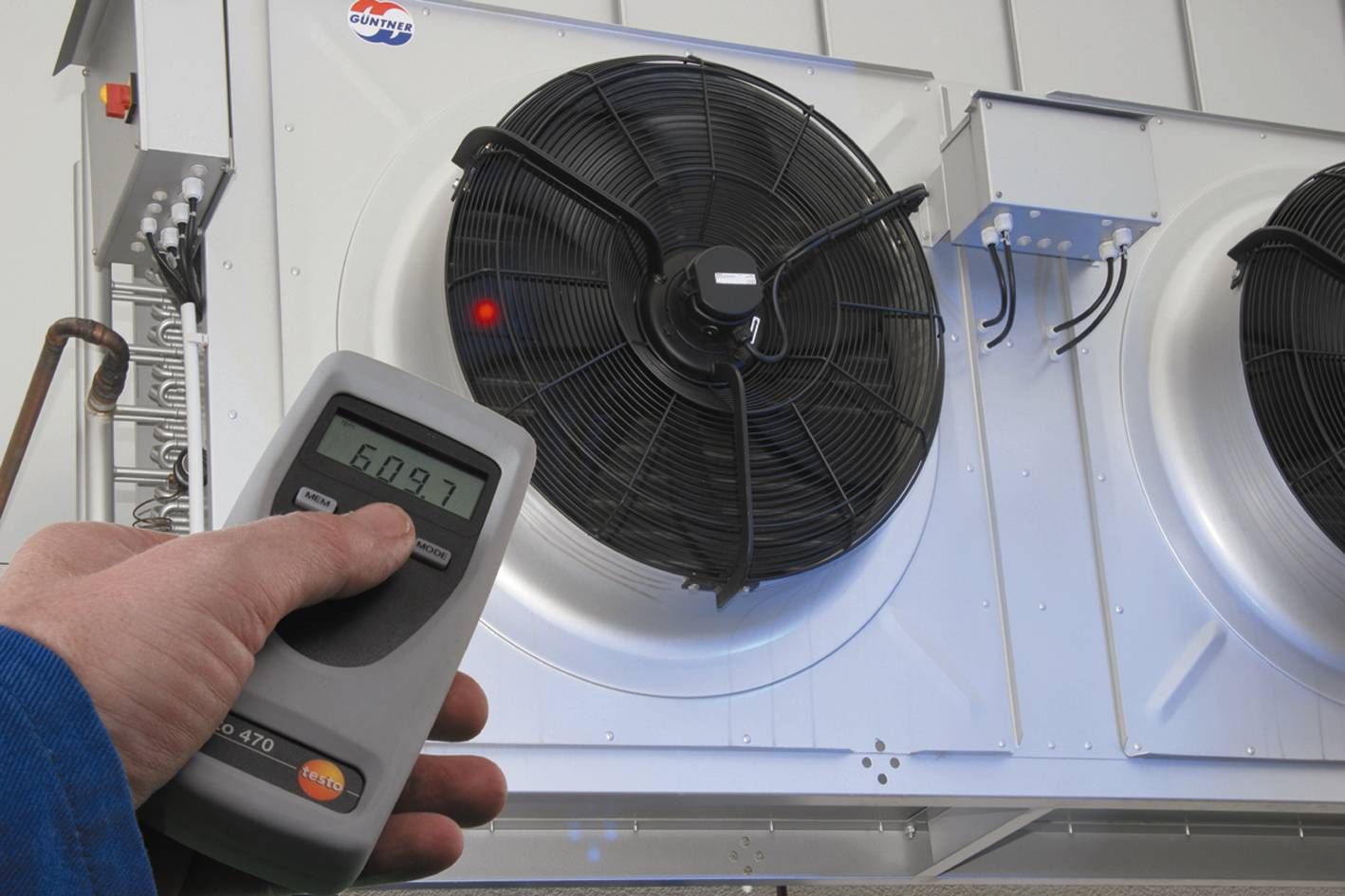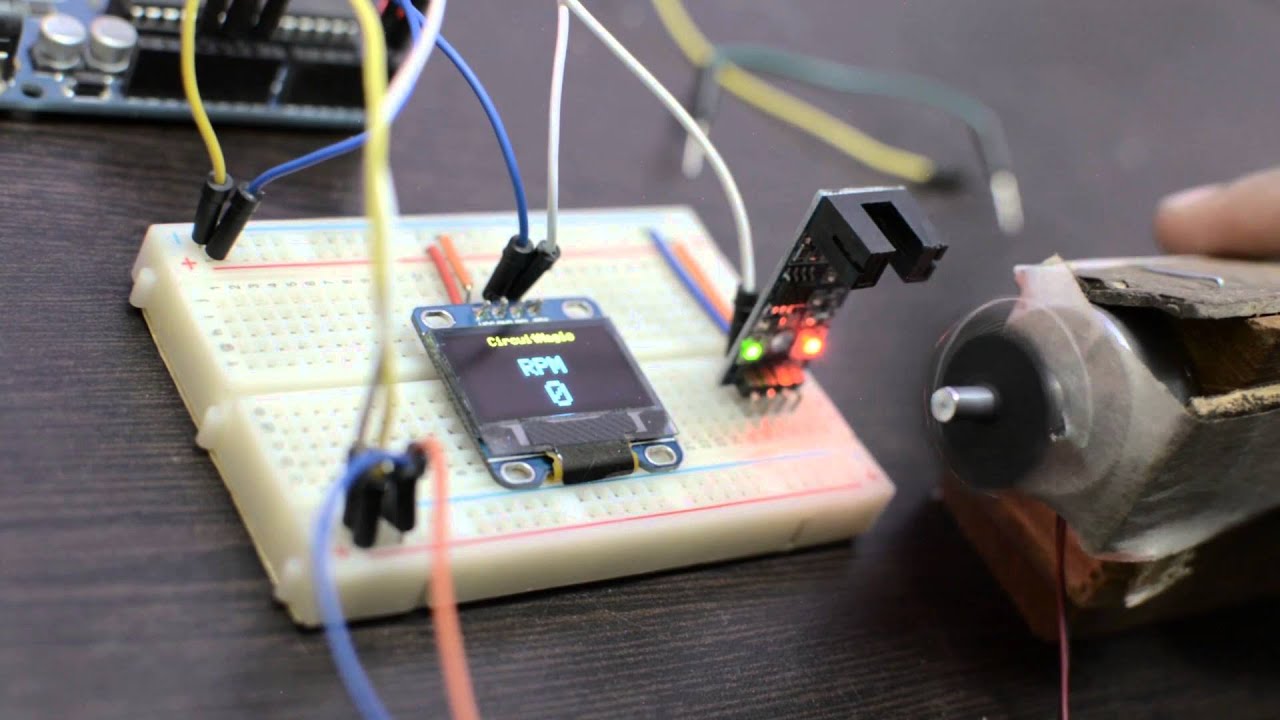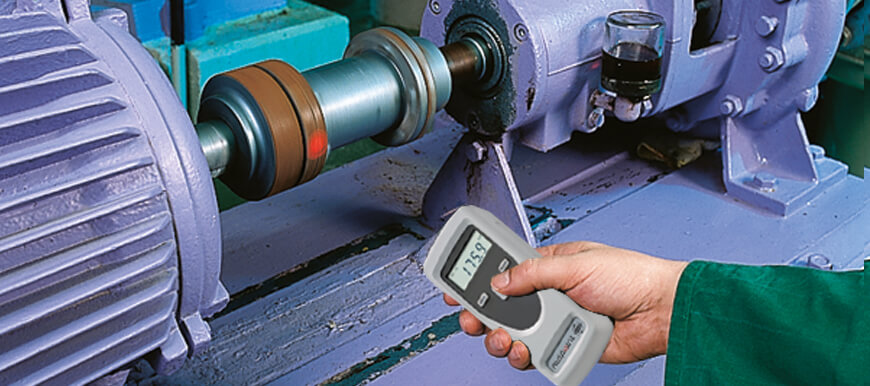Maintaining your vehicle’s idle speed is crucial for its overall performance. Whether you’re a car enthusiast, a professional mechanic, or someone interested in automotive technology, knowing how to check idle speed without a tachometer can be incredibly beneficial.
Traditionally, a tachometer is used to measure the rotational speed of the engine’s crankshaft. But what if you don’t have a tachometer handy? Don’t worry! This article will provide you with a detailed, yet easy-to-understand guide on how to check your idle speed without using a tachometer, ensuring your engine runs smoothly.

Understanding Idle Speed
Before diving into the methods, its essential to understand what idle speed is. Idle speed is the rate at which your vehicle’s engine runs while it is not under any load and the throttle is at rest. A properly adjusted idle speed ensures optimal engine performance and longevity.
Why Maintaining Idle Speed is Important
Maintaining the correct idle speed is vital. An incorrect idle speed can lead to various issues, including poor fuel efficiency, increased emissions, and engine stalling. Regularly checking and adjusting your idle speed can prevent these problems.
Methods to Check Idle Speed Without a Tachometer
Method 1: The Paper Method
- 1. Place a Sheet of Paper: Place a thin sheet of paper near the exhaust. Ensure it’s not in direct contact.
- 2. Observe Paper Movement: Start the engine and observe the paper. It should stay relatively still with slight, rhythmic movements.
- 3. Analyze the Movements: If the paper flaps are too vigorous or erratic, it indicates that your idle speed might be too high or too low.
Method 2: The Sound Method
- 1. Listen to the Engine: Start your engine and listen carefully. A well-tuned idle speed produces a smooth, steady hum.
- 2. Use a Symmetrical Rhythm: Ensure you hear no irregular patterns or misfires. Consistent sound is key.
- 3. Compare with Known Good Engines: Familiarize yourself with the sound of a properly idling engine for benchmarking.
More about tachometer mechanisms
DIY Methods to Control Idle Speed
Visual Inspection
Often, a visual inspection can reveal issues affecting idle speed. Look for signs of wear or damage on engine components such as spark plugs, air filters, and fuel injectors.
Using a Vacuum Gauge
- 1. Attach the Vacuum Gauge: Connect the vacuum gauge to the intake manifold.
- 2. Start the Engine: Observe the vacuum gauge readings while the engine idles.
- 3. Interpret the Readings: Consistent, steady vacuum readings usually indicate a proper idle speed.
Idle Adjusting Screw Method
- 1. Locate the Screw: Find the idle adjusting screw on your carburetor or throttle body.
- 2. Make Adjustments: Turn the screw in small increments while listening to the engine sound and observing its stability.
Importance of Regular Maintenance
Regular engine maintenance is crucial. It ensures that all components are in good condition and helps in maintaining the appropriate idle speed. Regularly clean or replace air filters, check spark plugs, and inspect fuel injectors.
Professional Assistance
If you’re unsure about performing these adjustments yourself, don’t hesitate to seek professional help. Mechanics have the tools and expertise to correctly assess and adjust your engine’s idle speed.
Technological Advancements in Engine Diagnostics
Innovation in automotive technology continues to evolve. New diagnostic tools and apps are making it easier for vehicle owners to maintain optimal idle speeds without traditional instruments.
Learn more about high-speed genetic analysis in automotive diagnostics on this site.

FAQs
How often should I check my idle speed?
It is recommended to check your idle speed during regular vehicle maintenance routines, or if you notice performance issues.
Can I damage my engine by adjusting idle speed myself?
Minor adjustments typically won’t harm your engine. However, if you’re unsure, seek professional assistance to avoid potential damage.
What are the signs of incorrect idle speed?
Signs include erratic engine sounds, stalling, poor fuel efficiency, and increased emissions. Regular checks can help identify and address these issues promptly.
For additional reading on tachometers, visit this informative article.
